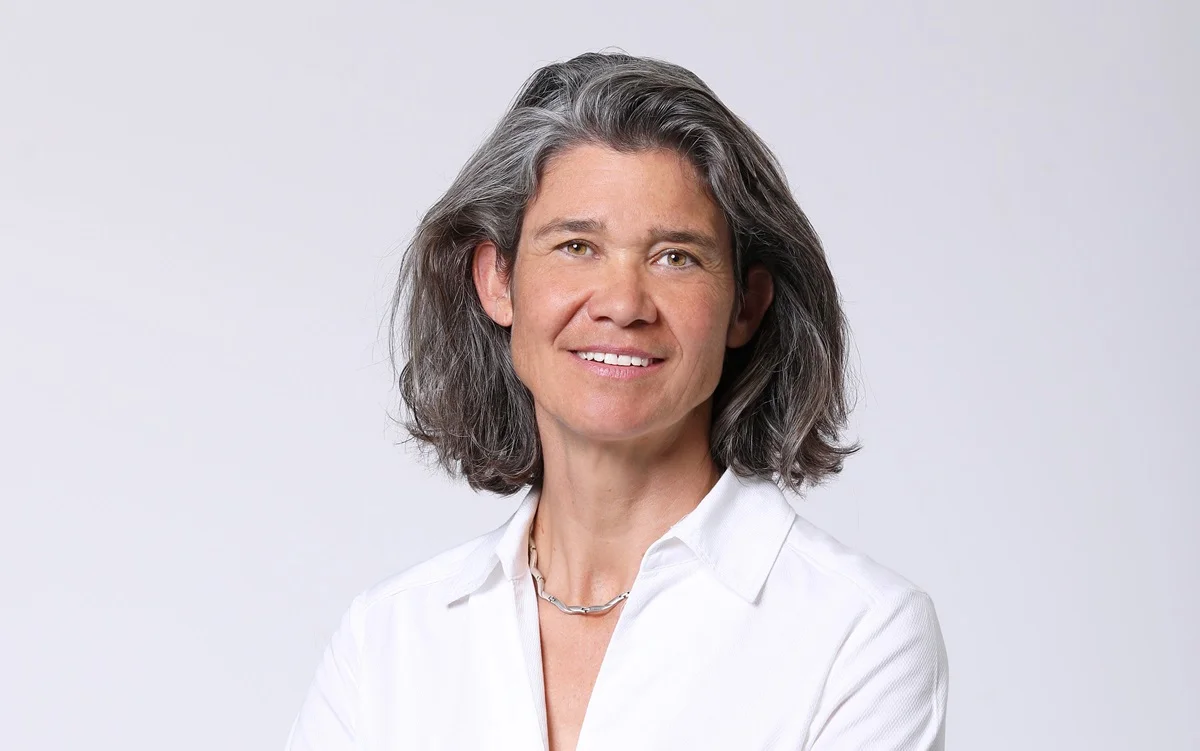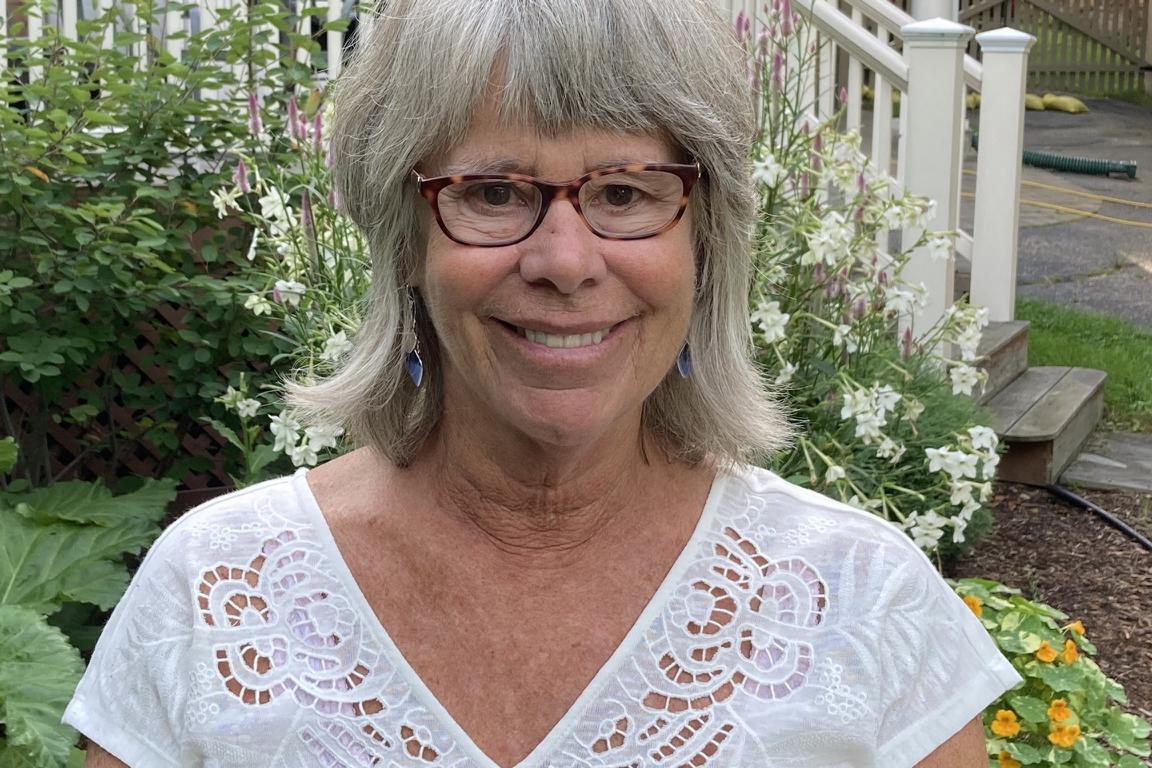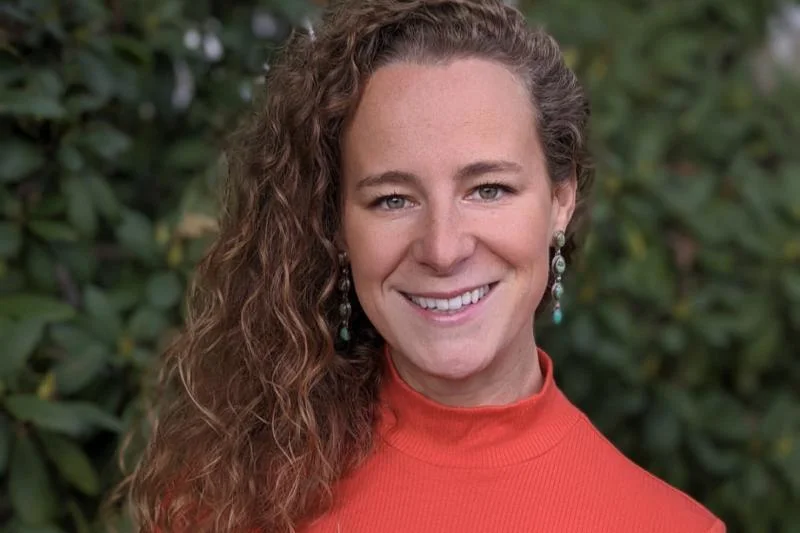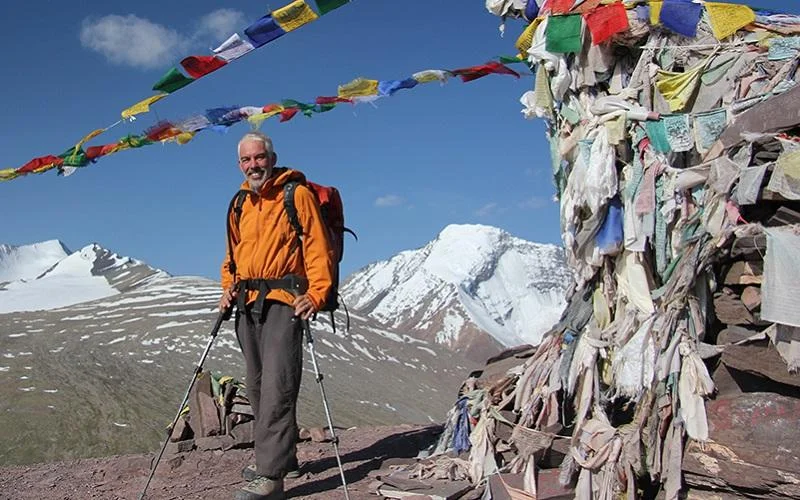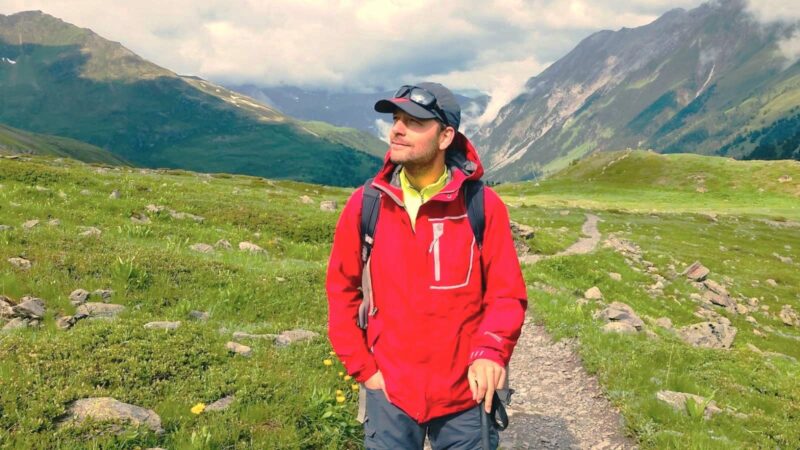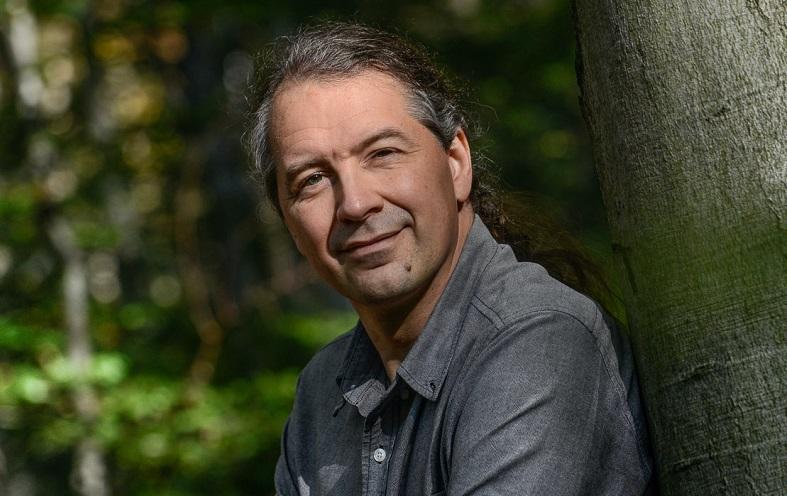
Tomás Azcárate, President of the Responsible Tourism Institute and one of the pioneers of sustainable tourism in Spain, in this interview reflects on his long career dedicated to sustainable development of tourism. He also shares his vision of how the responsible tourism agenda has evolved in recent years, and why the Global Sustainable Tourism Council (GSTC) is so important.
Learn about:
- The professional journey of Tomás Azcárate, and his key insights;
- How political interests influence tourist destinations;
- The flaws of early sustainable development practices;
- The “Responsible Tourism System” and the BIOSPHERE certification;
- His main achievements during his time at UNESCO;
- How the sustainable tourism agenda wil evolve in the next years;
- The best way to measure the success of initiatives that promote sustainable tourism.
Tomás, before becoming President of the Responsible Tourism Institute, you worked as President of the Doñana National Park (1982-1991). What is your fondest memory of that time?
In relation to the Doñana National Park, I would say that I was in three management and participation bodies: the Doñana Biological Station, where I did my doctorate; the Doñana National Park as regional biologist at the National Institute for Nature Conservation (ICONA); and the coordination and participation body of the Board of the National Park. Even though those were tough years, I have fond memories of that time, and the Biological Station became a national reference point for the defense of nature and the environment.
In the second instance, the entrance of the first biologists in the body responsible for nature conservation in Spain, ICONA, caused a shock and a complete change in the management culture of the organization (don’t forget that then, the protected species were pests).
In the case of the Board, being one of the first to be represented at a national level and in a National Park completely politicized due to the importance that it had at an international level caused a very important clash amongst the personnel. This was due mostly to the existing conflict between the different interests around the Park – some legitimate, others less so – but the majority, in my opinion, without a thorough analysis of the viability of the projects.
This convinced me even more of the need for the new model of balanced development, which was even then called sustainable, that we wanted to implement in the World Network of Biosphere Reserves.
What moments will you never forget from your time as President of MAB-UNESCO (1987-1996), the program responsible for the World Network of Biosphere Reserves?
For me, MAB was and is one of the most important instruments of the United Nations with regards to the environment and sustainable development.
The reason is twofold: on one side, in the beginning it was able to seamlessly integrate and promote the different areas that make up sustainability. It also is the only global network for protection and development of natural spaces with the same meaning in all countries.
MAB was ahead of the times in the concept of sustainable development through its implementation of the Biosphere Reserves in the beginning of the 70s.
What achievements are you most proud of from your time at UNESCO?
For me, the most important achievements can be summed up in four points:
On one side, the balancing of the components of sustainable development through the concept of Biosphere Reserves (economic, social, cultural and environmental) that were, in my opinion, unbalanced towards the environment.
On the other, the momentum of the Spanish Network of Biosphere Reserves.
The third achievement would be the development and approval of the Statutes of the World Network of Biosphere Reserves (though I am still disappointed that it didn’t achieve the ranking of International Convention due to the question of sovereignty that some countries protested).
And lastly, the development of the Strategic Plan of Action for the World Network of Biosphere Reserves
When did you discover your passion for sustainable and responsible tourism?
When I was elected President of the International Council of MAB with the primary intention of developing those objectives approved at the World Summit on the Environment and Development (Earth Summit) celebrated in Rio de Janeiro in 1992, we realized that the most important industry at the end of the 20th century was tourism.
And, being the most involved with the model of sustainable development, it was at the same time the least valued on an international level (it was hardly mentioned in Agenda XXI at Rio de Janeiro, nor was the WTO a member of the UN).
After Rio 1992, we realized that the most important industry at the end of the 20th century was tourism. And, being the most involved with the model of sustainable development, it was at the same time the least valued on an international (it was hardly mentioned in Agenda XXI at Rio de Janeiro nor was the WTO a member of the UN) and national level.
You have just completed 20 years as President of the Responsible Tourism Institute. Why did you decide to be President, and what is your main function?
The initiators of the World Charter for Sustainable Tourism in 1995 – led by the MAB program at UNESCO – pushed for the creation of an entity to develop the charter and thus they created RTI.
I was asked to preside over this new entity and as Chairperson I have presided over board meetings and coordinated initiatives of the Institute ever since.
In your opinion, how will the sustainable tourism agenda evolve in the next years? What trends are you observing?
At the end of the 90s, when there was talk about sustainability in tourism and they conducted surveys over the importance and value from the standpoint of the tourist, it showed that there was not only a lack of value but a lack of understanding of the significance of sustainability in the industry.
However, at the beginning of the 21st century, thanks to improved transportation, technological advancements and the availability of information to tourists, this is completely changing.
Tourists can now choose a destination and activity at an affordable price, and sustainability is becoming a guarantee of the quality and authenticity of that activity.
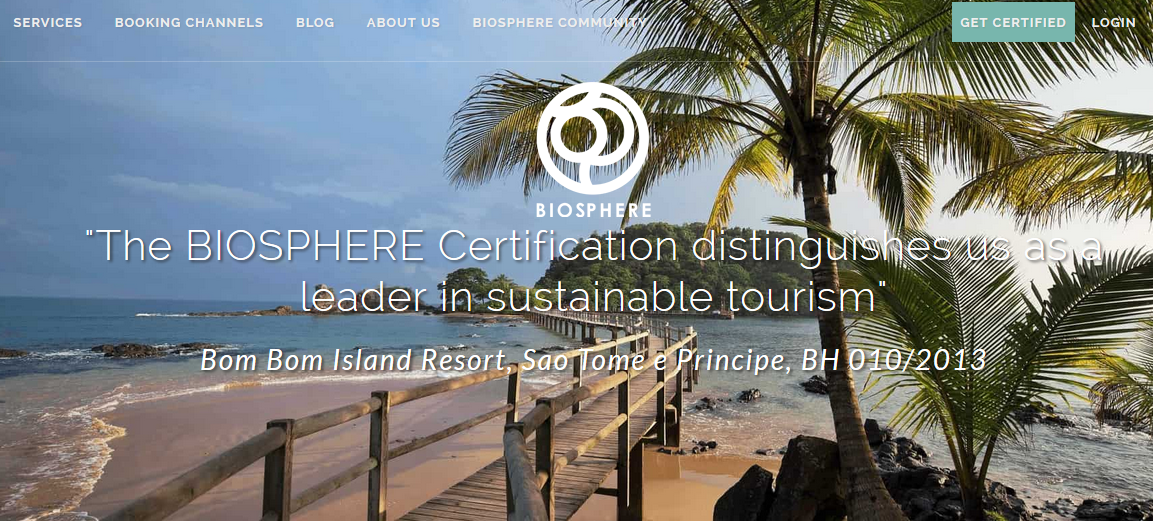
What is the best way to measure the success of initiatives that promote sustainable tourism, for example, at the destination level?
When they started the Institute, one of the first initiatives that we took was to make tourism sustainable. And for that, we understood that first, sustainability needed to have market value and, second, that value had to be measured.
For that reason, we developed the “Responsible Tourism System” as a certification system using measurable standards under the label “BIOSPHERE”. The RTS is an instrument and means of continuous improvement towards sustainability since it is a journey never a finish line.
The last standard developed was that for the destinations since they are the most complex. In truth, I believe that the technicians at the RTI as well as those at the destinations already certified think that we have developed a very efficient methodology to walk at good pace up the path that is sustainability.
I would like to add that, in the middle of the last decade, the UNWTO launched what is today the GSTC (Global Sustainable Tourism Council) which recognizes and accredits existing tourism certifications. One of their main objectives is to bring order to the myriad of existing labels and standards, most of which are related only to the environment but called sustainably.
I believe that this represents one of the Institute’s best contributions to the tourism industry of today and the future. The RTI is the only body at an international level approved for accommodation, tour operators and destinations.
Thank you, Tomás.
More information on the Responsible Tourism Institute (RTI) and the Biosphere certification here.
Enjoyed our interview with Tomás Azcárate on responsible tourism and sustainable development in Spain? Share and spread the word!

